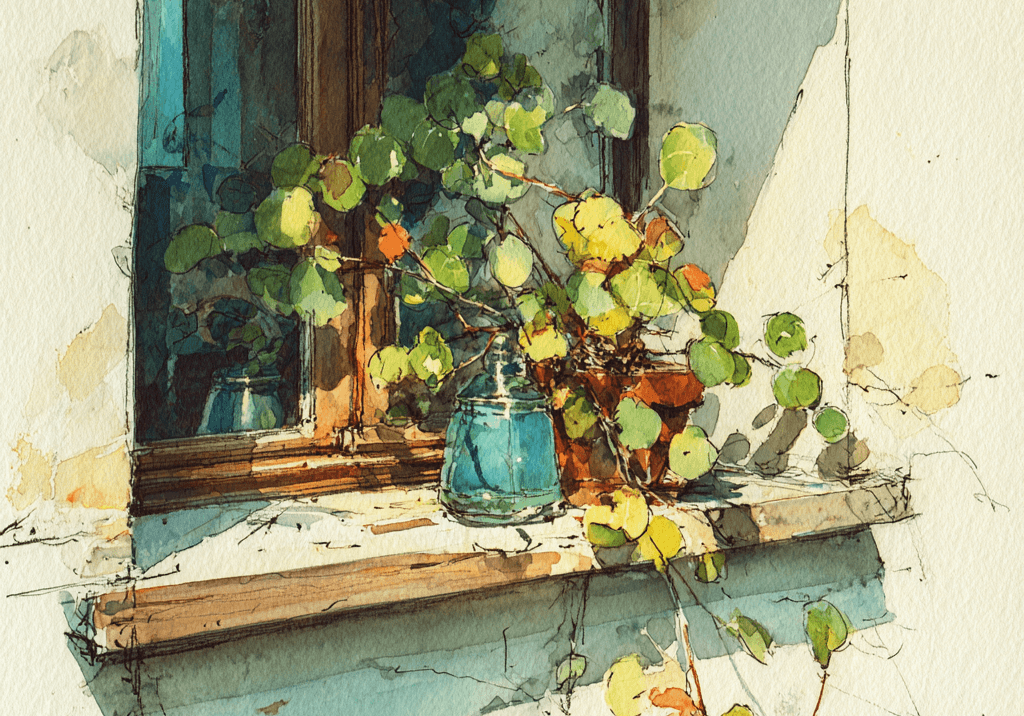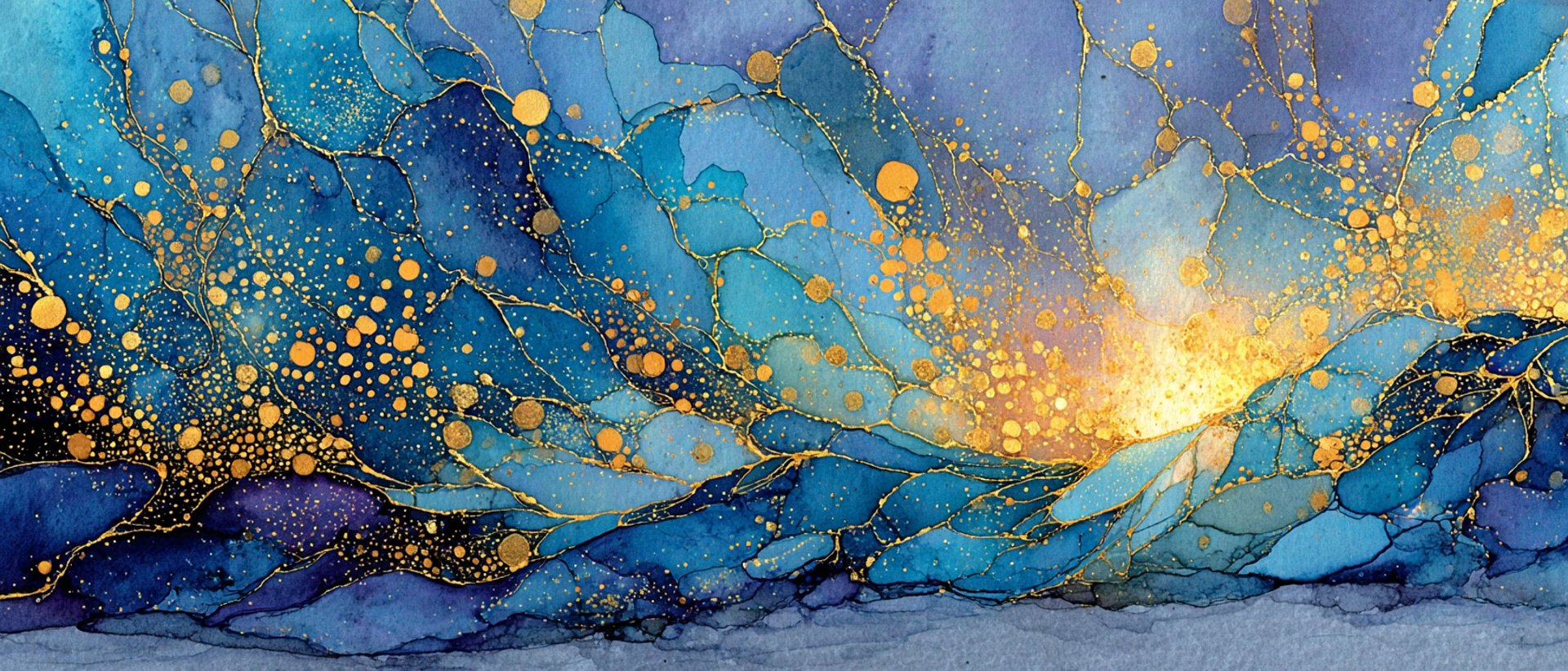Where Strategy Begins
The process of designing a balanced, responsive card system built on tension, choices, and counterchoices
11/11/20254 min read


Art and design have always been the way I try to understand the world. I studied both, and naturally I developed an instinct to create spaces and experiences that do not exist yet. I tried drawing, writing, music, and both interior and exterior design. Each medium offered its own perspective, but none fully captured the “lived in” feeling that I kept searching for. Each one reached part of it, but not all of it.
Games were different. They allowed me to immerse myself in a space that I could interact with. They created a world that responded to choice and intention. When I began exploring this idea, I was sketching while listening to modern variations of Vivaldi. Those impressionistic sounds captured entire seasons with no dialogue at all, and it made me wonder why so many people instinctively recognize Spring or Autumn simply through tone and rhythm. There had to be a psychological common denominator behind that recognition.
This thought connected with something else I had been reading at the time. Studies show that certain types of strategy games can support self regulation, emotional balance, and even improvements in depression and anxiety. It made me consider whether the softness of impressionistic music and the structured clarity of strategy might be two different expressions of the same mechanism. Both create a sense of comfort, order, and control when the real world feels overwhelming. Both allow a person to experience a world that feels understandable.
Eventually I returned to something very simple. When I was growing up, cards were the one tabletop option I always had access to. A deck of cards can become almost anything. It can represent conflict, cooperation, tension, or progress. It can create rules and break them. It can build a world with very little.
This was the starting point for the mechanics of the game I created.
✦How the mechanics took Shape
..


Every compelling experience needs a force to overcome. Solitaire challenges chance. Poker challenges another human being. Strategy challenges your ability to see patterns and predict trajectories. So I began with a basic question.
What is the player trying to win, and what is pushing back?
Momentum became the answer. Points became the way to track that momentum. Not as currency, but as evidence of pressure between two sides. Once that motivation was clear, the next decision was about structure. Games need rules because rules form the box that makes expression possible. A box creates limits, and limits create creativity.
Inside this box, I experimented with different ways players could move toward their goal. Each way needed something else that could interrupt it. For every path, there needed to be a counterpath. For every advantage, there needed to be a drawback. The point was not to create an unbreakable rule set but to create a balanced loop that felt stable while still allowing surprise.
✦ Opposing Forces and the Motivation to Win


Every compelling experience needs a force to overcome. Solitaire challenges chance. Poker challenges another human being. Strategy challenges your ability to see patterns and predict trajectories. So I began with a basic question.
What is the player trying to win, and what is pushing back?
Momentum became the answer. Points became the way to track that momentum. Not as currency, but as evidence of pressure between two sides. Once that motivation was clear, the next decision was about structure. Games need rules because rules form the box that makes expression possible. A box creates limits, and limits create creativity.
Inside this box, I experimented with different ways players could move toward their goal. Each way needed something else that could interrupt it. For every path, there needed to be a counterpath. For every advantage, there needed to be a drawback. The point was not to create an unbreakable rule set but to create a balanced loop that felt stable while still allowing surprise.
"The mechanics came before the world, built from instinct, structure, and the search for a system that felt alive"
..
~ Sohlvian
The Thinker that tried to make a simple card game and invented a philosophy course
The world of the game developed later. The mechanics came first. They formed a foundation that felt intuitive, immersive, and responsive. They created a space where tension could rise and fall, where the flow of a match could shift in an instant, and where strategy could feel almost musical.
Only after this system existed did the thematic elements begin to gather around it. But that part of the story will come another time.
For now, this is the beginning. The mechanics formed from instinct, psychology, music, and memory. A world was built from structure first. Everything else followed.
✦How the Card Game Found its Form
..
A small experiment in combining circles and gold textures, a motif I use often in early concepts
A simple spade I painted as part of exploring how cards can feel expressive without full detail.
✦Iteration and Balance
..

Follow the Alchemy
Receive updates from the Workshop- Reflections, Behind the Scenes, and New Entries from the World of Creation